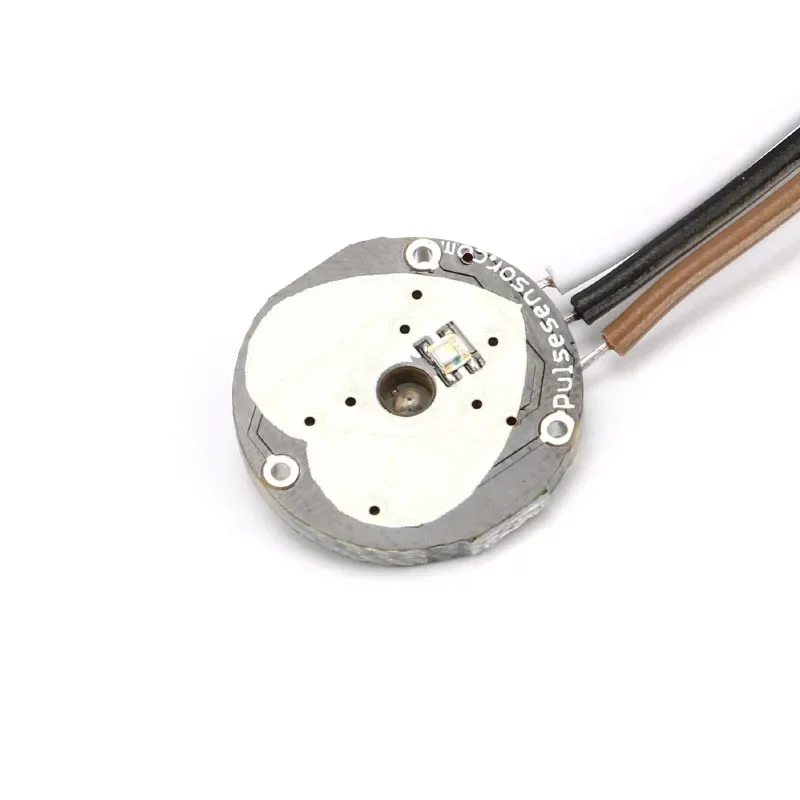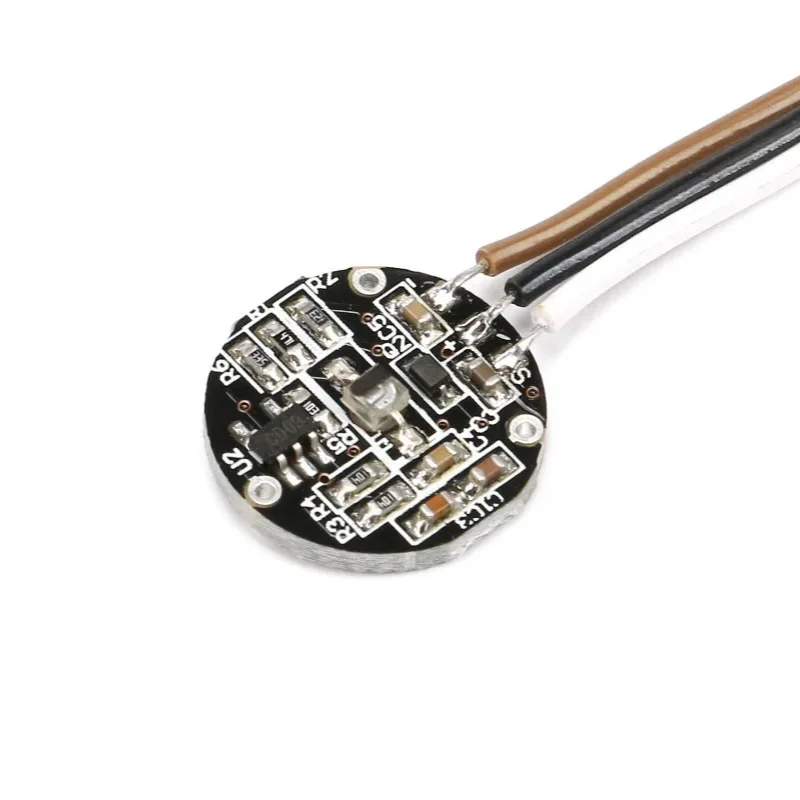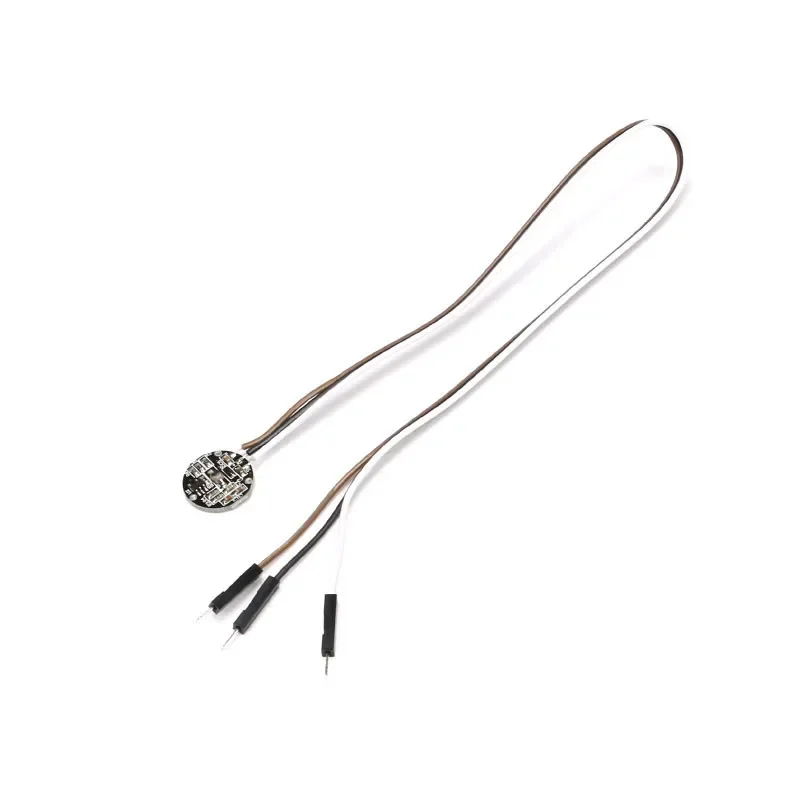The pulse sensor, as a highly integrated optical heart rate detection tool, provides a convenient and efficient way to monitor heart rate. It utilizes optical sensing technology to capture the subtle changes in blood flow in real time and converts this data into visual heart rate information for users to analyze and utilize. Its design is not only simple and user-friendly but also supports multiple development platforms, making it especially suitable for Arduino enthusiasts and developers.
In game development, the pulse sensor can offer players an immersive interactive experience. By integrating heart rate information with gameplay, players can see their heart rate changes during the game, adding more fun and challenge to the experience. For example, the speed or reaction time of a game character could be influenced by the player’s heart rate. The faster the heart rate, the quicker the character’s actions, which increases the interactivity and tension in the game.
Mobile developers can also use the pulse sensor in combination with smartphones or tablets. By using Bluetooth or other communication methods, heart rate data can be transmitted in real time to mobile devices. This not only provides convenience for personal health management but also supports the development of new health monitoring applications.
In conclusion, the pulse sensor is a versatile and easy-to-use tool that is not only suitable for scientific research and engineering design but also finds broad applications in creative arts, sports, gaming, and more. Its open-source and easy-to-integrate features make it an ideal choice for developers and makers to explore heart rate-related interactive projects.
Feature:
- Compact Design: The sensor features a compact PCB with a thickness of 1.6mm and a diameter of 16mm, making it easy to integrate into various projects.
- Noise Reduction Circuit: Includes integrated circuitry to filter out noise and ensure stable and accurate heart rate readings.
- Easy to Use: The sensor is easy to integrate with platforms like Arduino, making it ideal for DIY projects, educational purposes, or prototyping.
- Real-Time Heart Rate Monitoring: Capable of providing real-time heart rate data, which can be visualized and analyzed for various applications, such as health monitoring or interactive gaming.
- Open Source: Supports open-source applications, allowing users to develop custom software to display and analyze heart rate data in real time.
- Versatile Applications: Suitable for a wide range of projects, including health tracking, fitness monitoring, wearable devices, biofeedback systems, interactive art installations, and more.
Application:
Health and Fitness Monitoring
- Heart Rate Tracking: Real-time heart rate monitoring during exercise or daily activities using wearable devices.
- Exercise Optimization: Helps athletes track heart rate zones to improve workouts and avoid overexertion.
- Health Diagnosis: Monitors heart rate for routine check-ups or remote patient monitoring.
Interactive Gaming
- Heart Rate-based Game Control: Games that adapt to the player’s heart rate, enhancing immersion (e.g., faster heart rate = more intense gameplay).
- Biofeedback Games: Games that promote relaxation by adjusting based on the player’s physiological responses.
Biofeedback Systems
- Stress Management: Used in apps for relaxation or meditation, allowing users to track and control heart rate for stress reduction.
- Mental Health Monitoring: Tracks emotional states and stress levels to aid in emotional regulation.
Wearable Devices
- Smartwatches & Fitness Bands: Continuous heart rate monitoring and health analytics.
- Smart Clothing: Integrates heart rate sensors into clothing or accessories for all-day monitoring.




Reviews
There are no reviews yet.